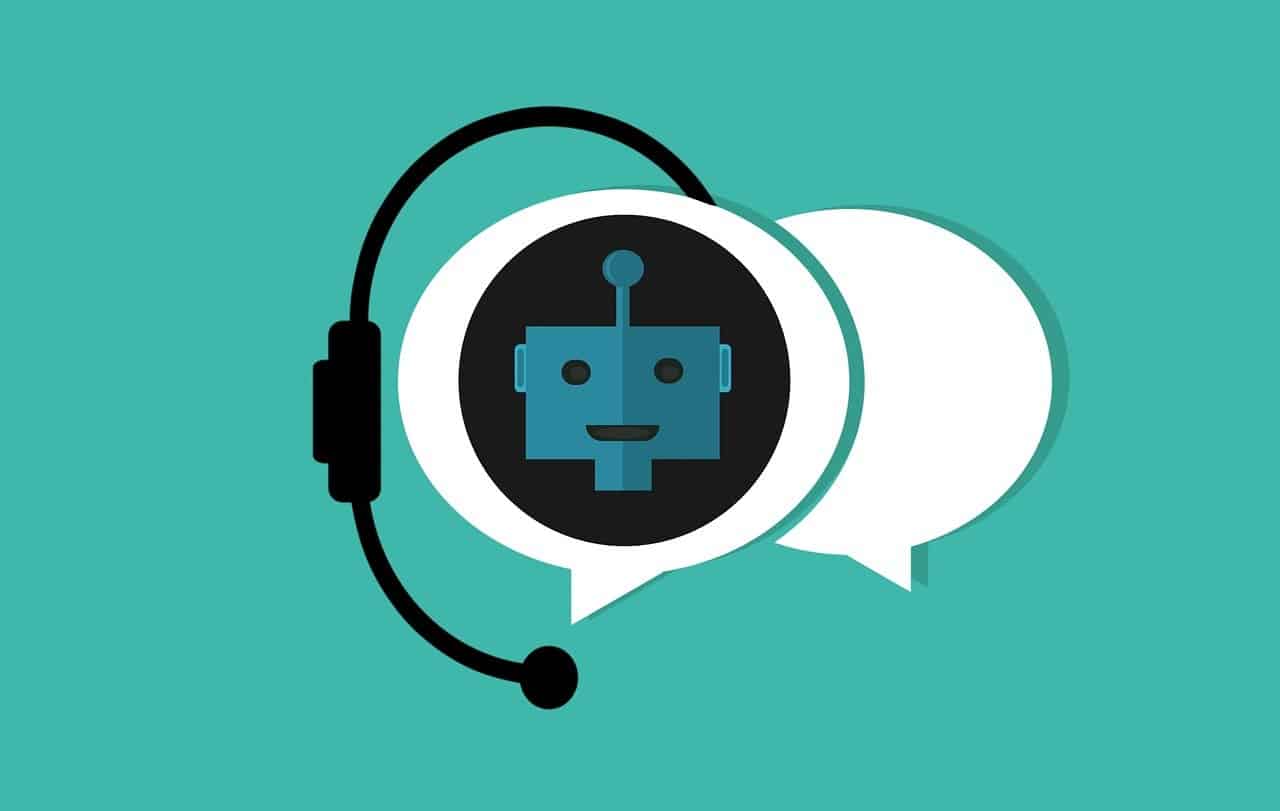Artificial intelligence is no longer confined to passive data processing or content generation. A growing area of AI—interactive intelligence—is transforming the way humans and machines communicate, allowing for more natural, responsive interactions.
What is Interactive AI?
Interactive AI refers to artificial intelligence systems that can engage in two-way communication with users, allowing for real-time interaction and personalized responses. These systems are designed to understand and respond to user input, creating a dynamic and engaging experience. For example, chatbots and virtual assistants are common applications of interactive AI in various industries.
What Sets Interactive AI Apart
Interactive AI differs from other branches of artificial intelligence in its emphasis on real-time communication. While generative AI, for example, produces text, images, or other content based on patterns in large datasets, interactive AI actively engages with users. It responds to spoken commands, facial expressions, and even subtle cues in conversation, creating a more personalized and intuitive experience.
This capability is powered by advancements in natural language processing, computer vision, and machine learning. Virtual assistants, chatbots, and AI-driven customer support tools are among the most common examples of interactive AI in use today. Unlike traditional AI systems that operate on pre-programmed instructions, interactive AI continuously learns from its interactions, refining its responses based on context and feedback.

Virtual assistants, chatbots, and AI-driven customer support tools are among the most common examples of interactive AI in use today. Image source: Pixabay
A Growing Role in Business and Beyond
The practical applications of interactive AI are expanding rapidly. Businesses are leveraging these systems to streamline customer service operations, providing instant responses to queries while reducing reliance on human agents. In e-commerce, interactive AI helps guide users through purchasing decisions, offering personalized recommendations based on browsing history and past behavior.
Remote work is another area where interactive AI is making an impact. AI-powered virtual meeting assistants can transcribe discussions, summarize key points, and translate conversations in real-time. These tools help bridge communication gaps in global teams, making collaboration more efficient despite geographical barriers.
Interactive AI is also shaping the way people learn languages. Duolingo’s new Video Call feature, for example, offers learners the opportunity to practice speaking in real-time with Lily, one of Duolingo’s popular characters. Designed to simulate natural dialogue, this AI-powered tool personalizes the learning experience, adjusting to the user’s skill level to create a low-pressure environment. By engaging users in spontaneous conversations, it helps build the confidence needed to communicate effectively in real-world situations.
In healthcare, interactive AI is being used to improve patient care by assisting with diagnostics, providing personalized treatment recommendations, and even aiding surgeons in complex procedures. AI-driven voice assistants are also helping individuals with speech impairments, offering them new ways to communicate more effectively.
The Future of Interactive Intelligence
As interactive AI continues to develop, its potential applications will only grow. Education is a promising sector where AI-driven tutoring systems can analyze a student’s learning patterns and provide customized instruction. In medicine, AI could play an even greater role in patient monitoring, helping detect early signs of illness before symptoms become severe.
Interactive AI represents a significant step toward making artificial intelligence more human-centered. By prioritizing engagement and adaptability, this emerging field is poised to reshape industries, making technology more intuitive and accessible in everyday life.
Sources: Computer Science Degree Hub, Lenovo, Research Gate, Deutsche Welle.
